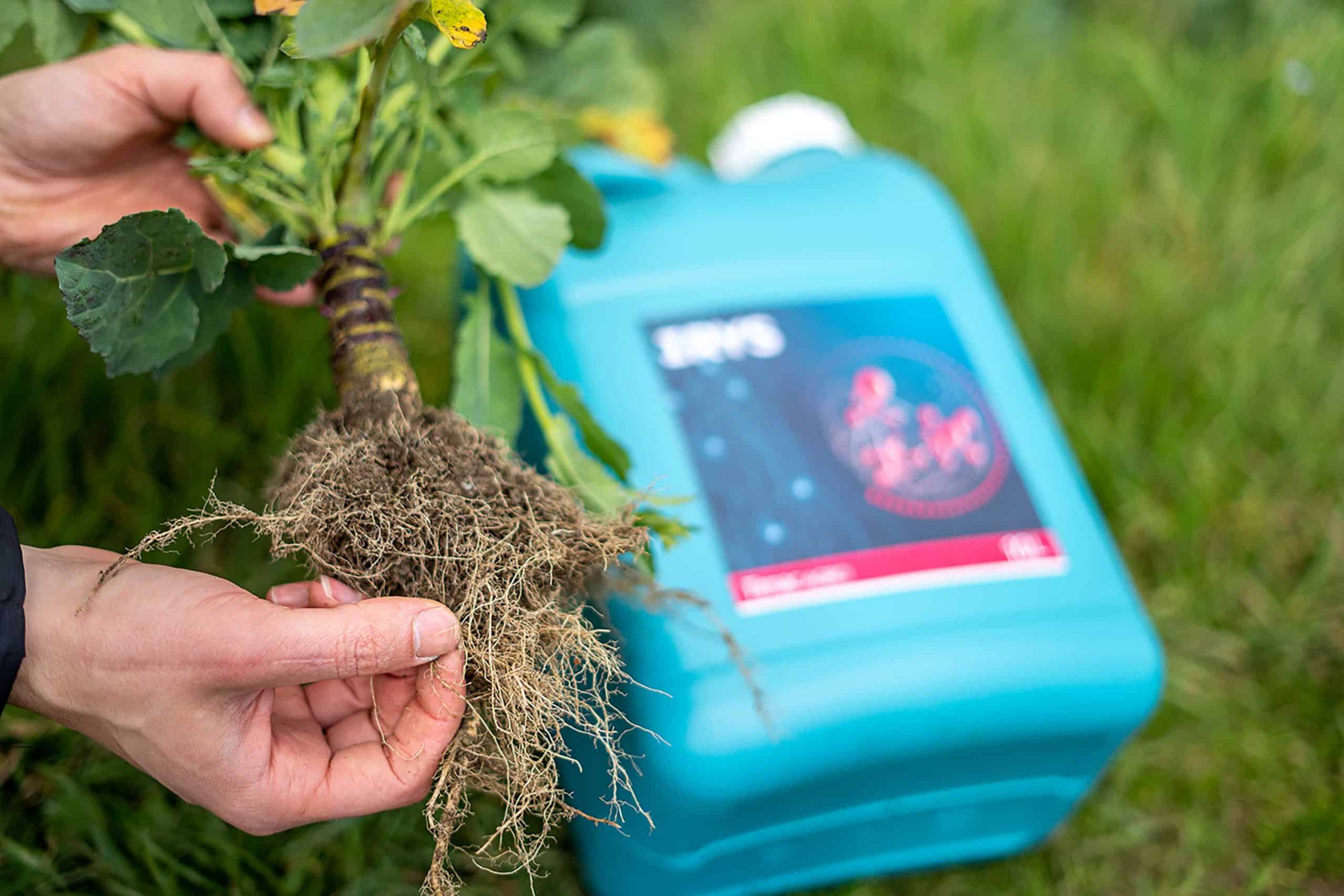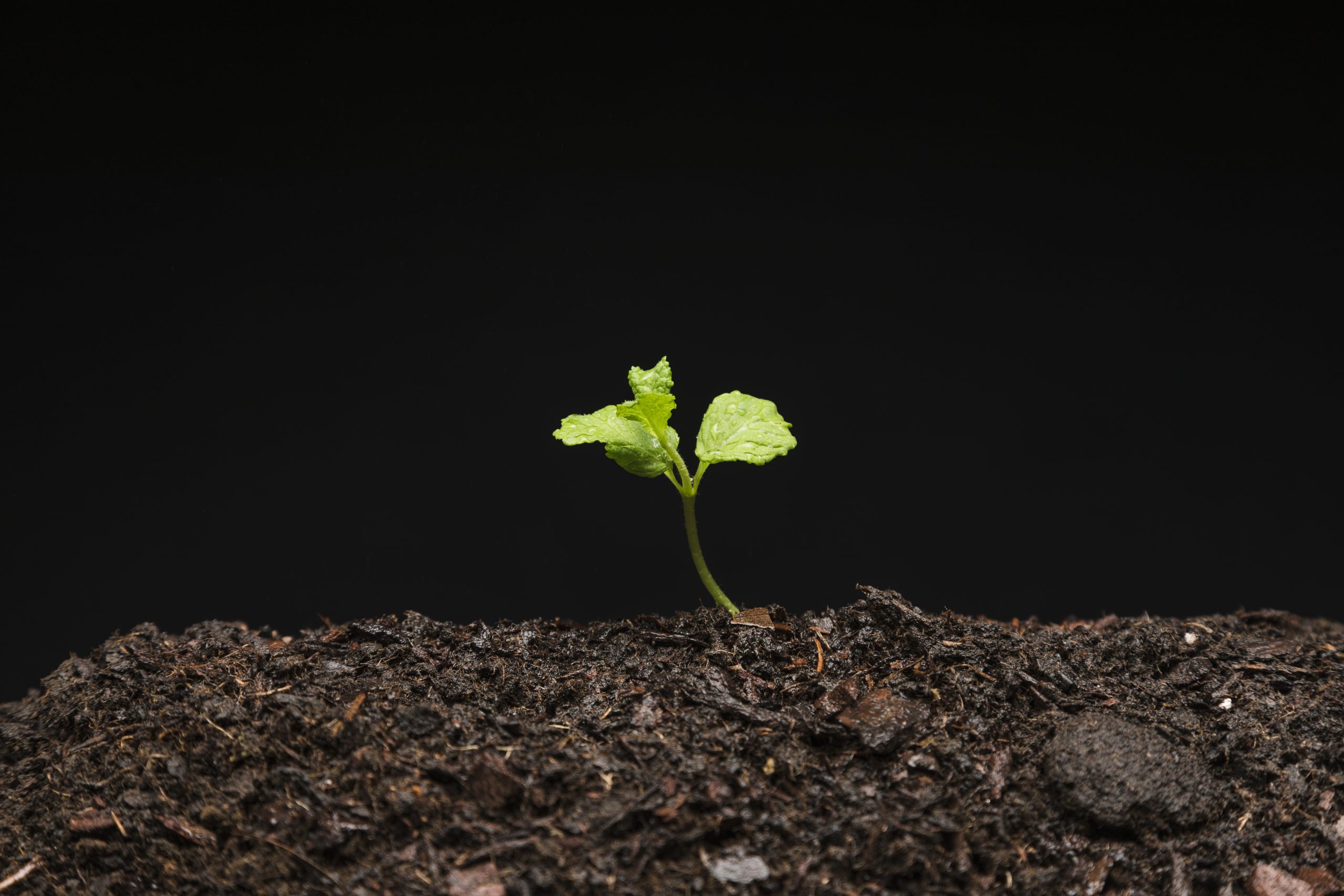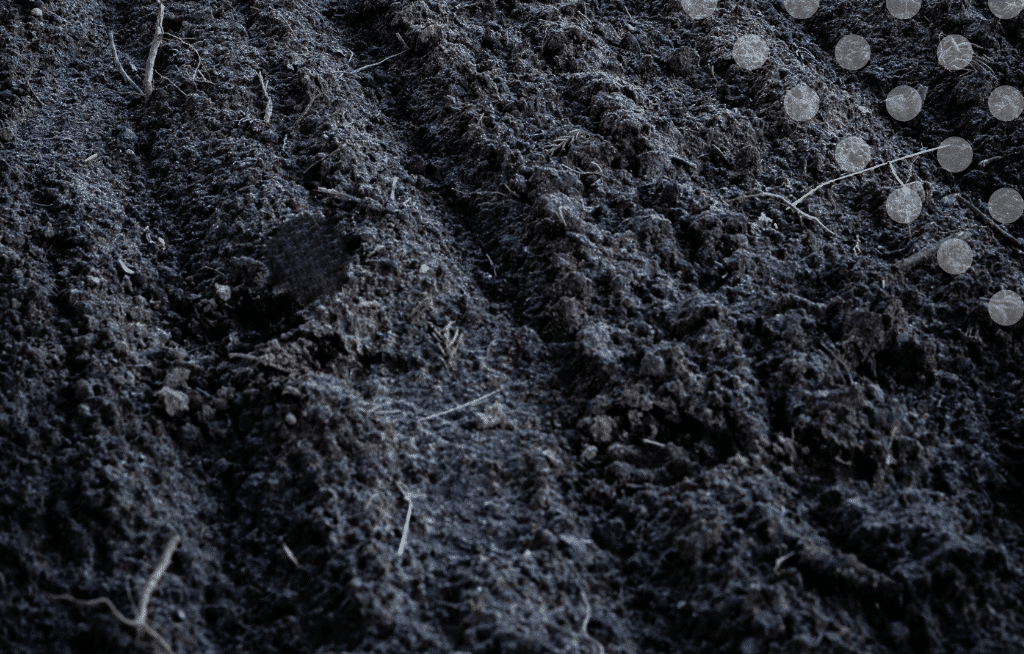Eutrophication (from the Greek eu, good, and trophos, nourished) is the accumulation of nutrients and minerals in an ecosystem, disrupting its delicate balance. This natural phenomenon can be accentuated by human activities, including agriculture. Loss of nutrients through agricultural activities can lead to harmful effects, contributing to eutrophication.
Protecting nutrients within fertilizing solutions to prevent their loss becomes of central importance. TIMAC AGRO addresses this challenge by developing precision solutions, in which nutrients are protected until they are used by plants.
Balanced ecosystems
The growth of major living organisms depends on various factors such as the availability of nutrients, oxygen level , sufficient light, etc.). In an ecosystem, different organisme have varying sensitivities to each of these factors: some will be particularly dependent on the presence of light, others on the presence of oxygen, … Given that each depends on different elements for optimal growth, each ecosystem self-regulates over time.
What are the effects of eutrophication?
Minerals and nutrients play a vital role in the development of organic life (particularly plants). However, excessive quantities and concentration of these elements in specific environments can profoundly alter the balance, favoring the growth of certain organisms to the expense of others. This increase in nutrients can lead to a reduced biodiversity, a decreasing quality, etc…
In aquatic environments, the accumulation of N (nitrogen) and P (phosphorus), in particular, leads to the rapid growth of certain types of algae on the surface. This proliferation has several effects. At the surface of shallow aquatic environments, they deprive underwater organisms of light and oxygen gas. As they die, they blanket the seabed with organic matter, which is then decomposed by oxygen-guzzling bacteria. By depriving environments of light and oxygen, they can weaken the biodiversity of ecosystems.
Does agriculture have an impact?
To ensure the development of their crops and therefore their income, farmers need to bring nutrients into the field. Unfortunately, when applied excessively or unprotected, these minerals can runoff into nearby aquatic environments.
This is the case, for example, for phosphorus. Not very mobile as an element, it can sometimes (depending on the form in which it is supplied) remain out of reach of the plant. Supplied in solid or liquid form in the field, it can be sensitive to rain and runoff into nearby wetlands.
Reducing waste and eutrophication
To combat these potential losses, it is important to :
- Prevent soil erosion by preserving soil balance. Erosion makes soils more fragile and less stable, particularly in case of rain. They are then unable to retain nutrients.
- Apply fertilizers at the right time and in the appropriate quantities. Plants demand nutrients at specific times. If these moments are respected, nutrients can play their full role! This also guarantees better yields.
- Utilize specific, protected fertilizers. Formulas containing the nutrients plants need must also safeguard them from environmental losses. This is why some formulas include protective elements.
Combating losses also means ensuring the best possible use of the nutrients supplied, and therefore a better return on investment. Inputs lost through leaching, erosion, etc. are all losses for farmers.
State-of-the-art technologies for nutrients protection
TIMAC AGRO offers cutting-edge solutions designed to protect both yields and the environment. Nutrients are then more easily accessible to the plant, while being safeguarded from bad conditions.
 Mycorrhization, important underground work
Mycorrhization, important underground work
Plants are not alone in their exploration of the soil: associations are formed between mycorrhizae and roots. Mycorrhizae reinforce the plant’s root network by creating filaments that enable nutrients to be fetched further away. These networks are thus better able to capture the nutrients supplied. But they are also allies in maintaining stable soil. Mycorrhizae secrete glomalin, a glycoprotein that influences soil structure like glue, reinforcing its stability.
This is why TIMAC AGRO has developed solutions designed to stimulate the development of mycorrhizae associated with roots. By facilitating their growth, TIMAC AGRO solutions improve nutrient absorption while preserving soil integrity.




